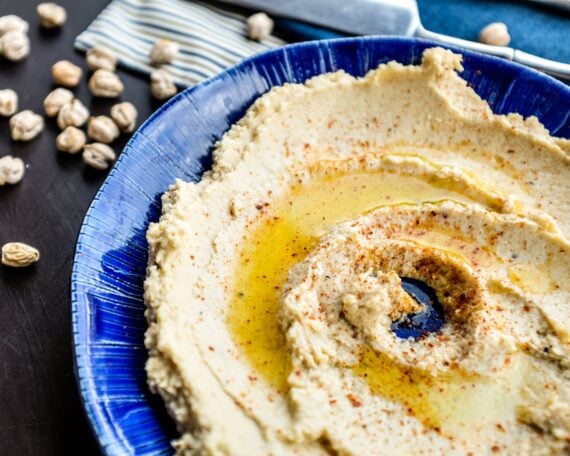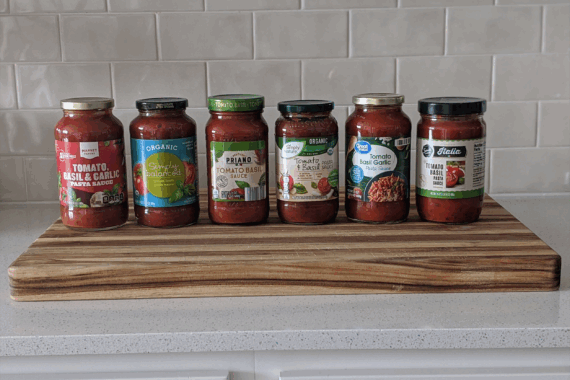There are two kinds of people: the ones who shy away from spicy foods, and the ones who relish any chance to turn up the heat. And while you can certainly whip up a spicy concoction in your own kitchen, the ultimate eats for true heat seekers are sprinkled around the world. In honor of International Hot and Spicy Food Day on Jan. 16, we’ve found several foods that will set your mouth ablaze.
Related: Spicy Fast-Food Menu Items to Order If You’re Feeling Brave
Vindaloo
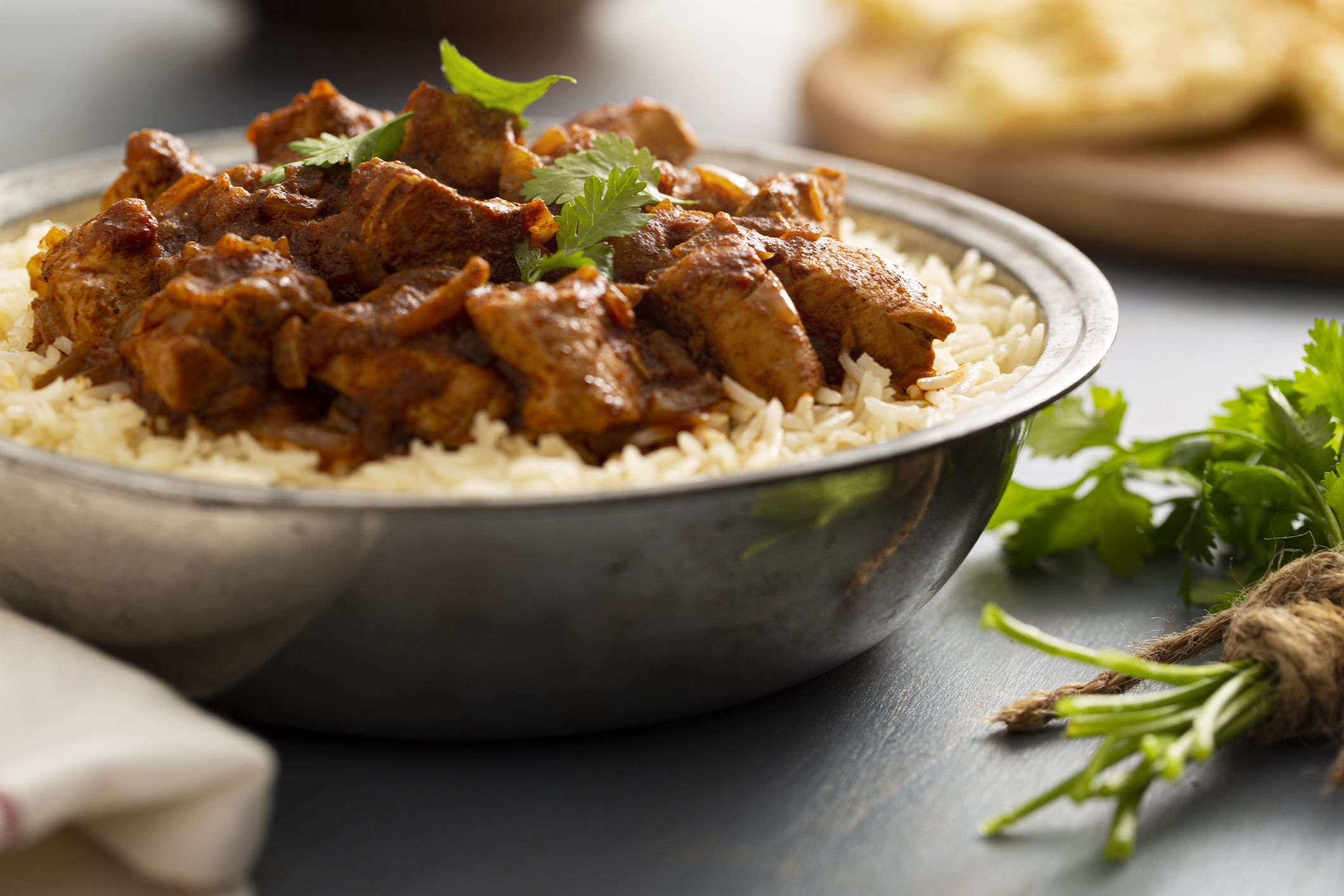
India Spicy curries are a dime a dozen in India, but one of the most famous is vindaloo. Heavily influenced by the Portuguese and British, this dish has many versions. The hottest involve tons of chili peppers, while more traditional takes rely on a blend of spices including pepper, cinnamon, and cardamom to flavor the marinated meat.
Related: Best Hole-in-the-Wall Indian Restaurant in Every State
Nashville Hot Chicken

United States Some spice snobs will say American cuisine just can’t compete with hotter foods around the world, but one bite of Nashville hot chicken might change their mind. Seasoned with a spice mix that includes cayenne pepper, the dish has become a Nashville icon. Even KFC has taken a stab at the dish.
Related: The Best (and Worst) Fast-Food Spicy Chicken Sandwiches
Phaal

Great Britain Phaal is a scorching-hot curry, but this one is a largely British invention. Recipes vary between curry houses, but at Brick Lane Curry House in New York City, the chefs wear masks while they cook it. It has 10 kinds of chili peppers and 60 times the heat of a jalapeno.
Khao Pad Nam Prik Narok
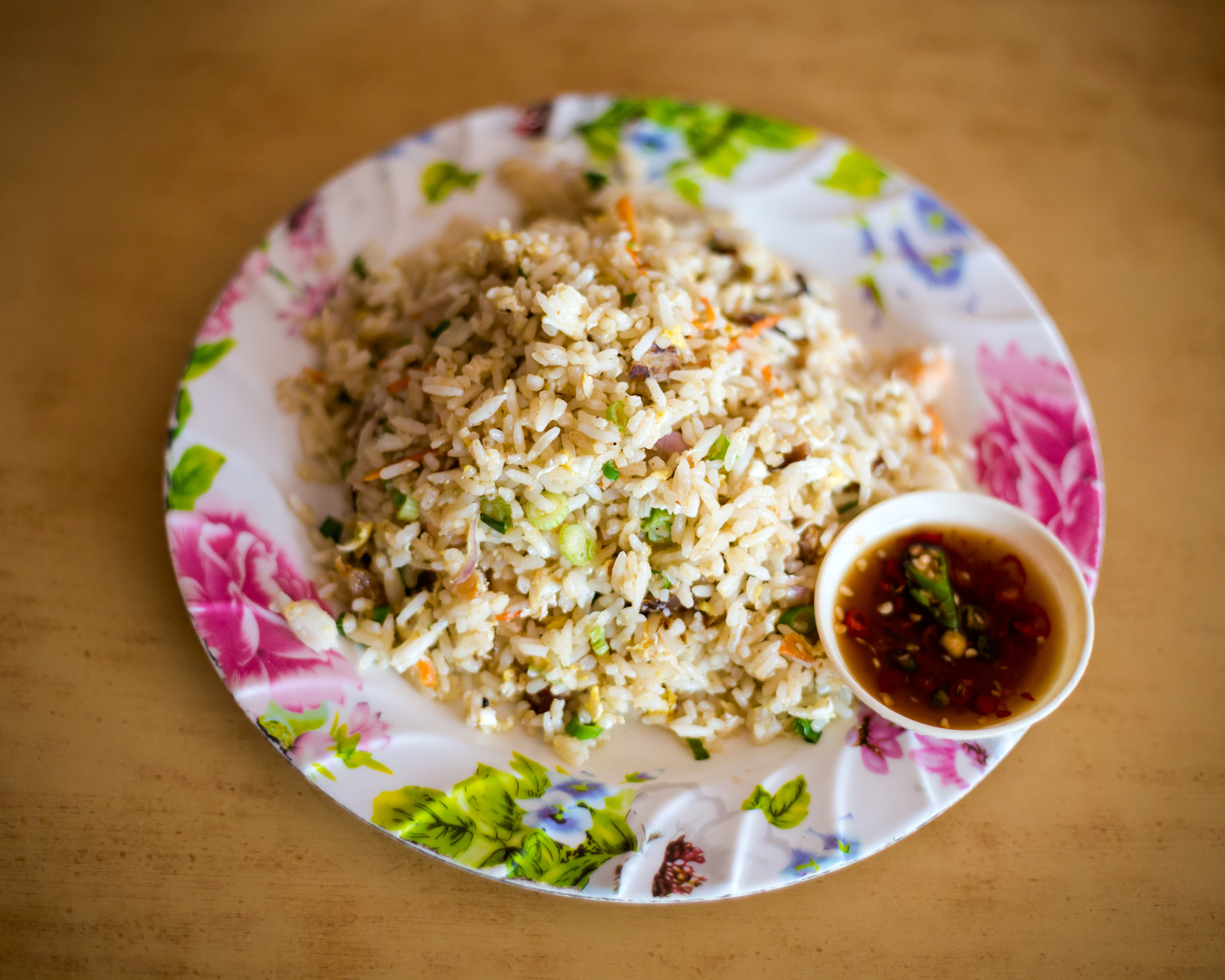
Thailand Thai cuisine is rife with spicy dishes, but it’s hard to pass up this one, which roughly translates as “fried rice with chili sauce from hell.” Tons of chili peppers, lime juice, and fish sauce give this dish its kick. If fried rice isn’t your thing, nam prik is often served up as a condiment for other kinds of dishes, including fish, poultry, and meat.
Related: The Best (and Worst) Foods to Get Delivered, According to Chefs
Buldak
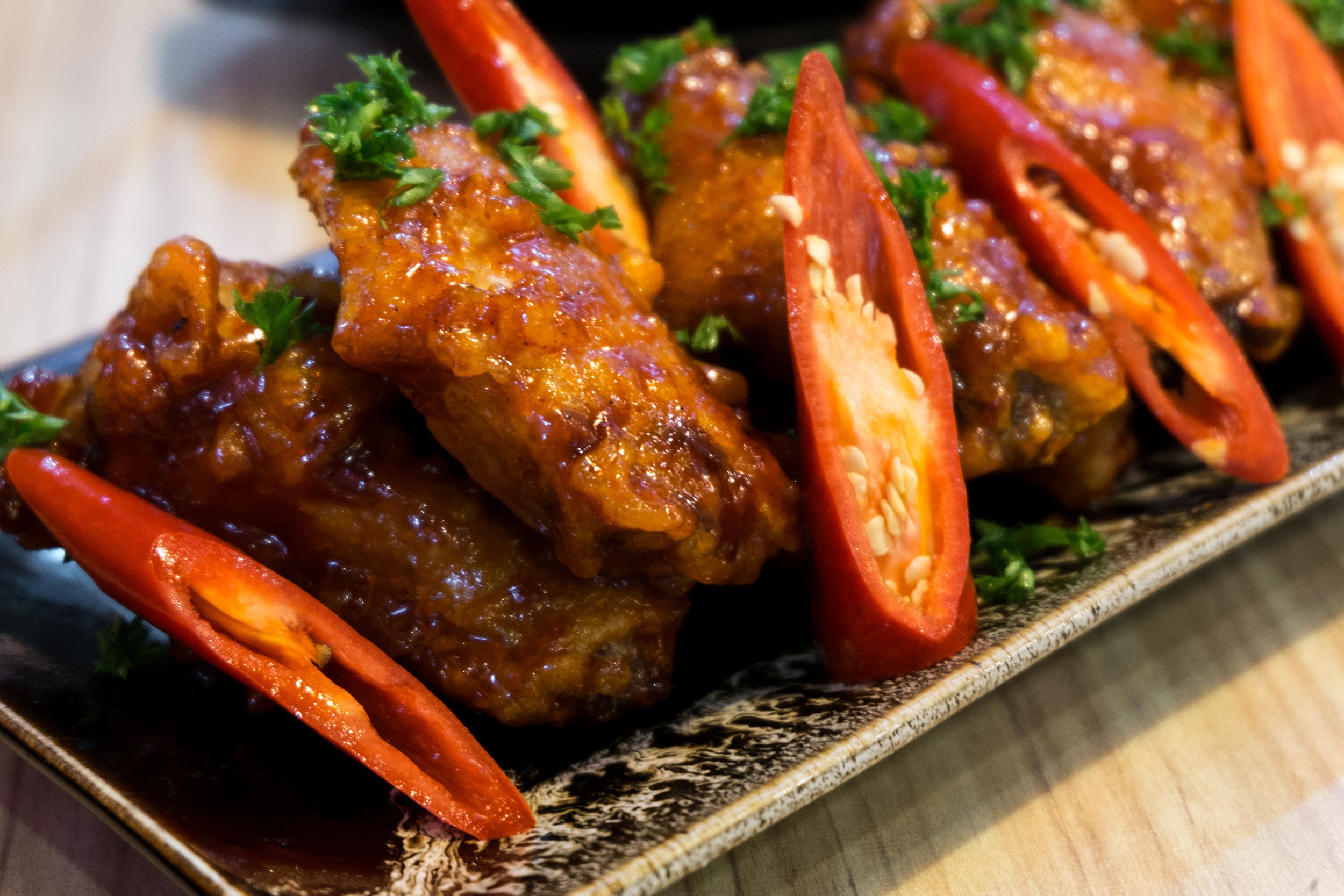
South Korea Sure, you can go for some spicy kimchi, but if you want the spiciest food Korea has to offer, buldak — “fire chicken” — is a worthy contender. This boneless chicken is repeatedly slathered in chili sauce, then cooked over an open flame. It’s popular near universities and areas with a lot of nightlife, according to CNN, because young people are fond of eating it to show off for friends.
Trending on Cheapism
Doro Wat
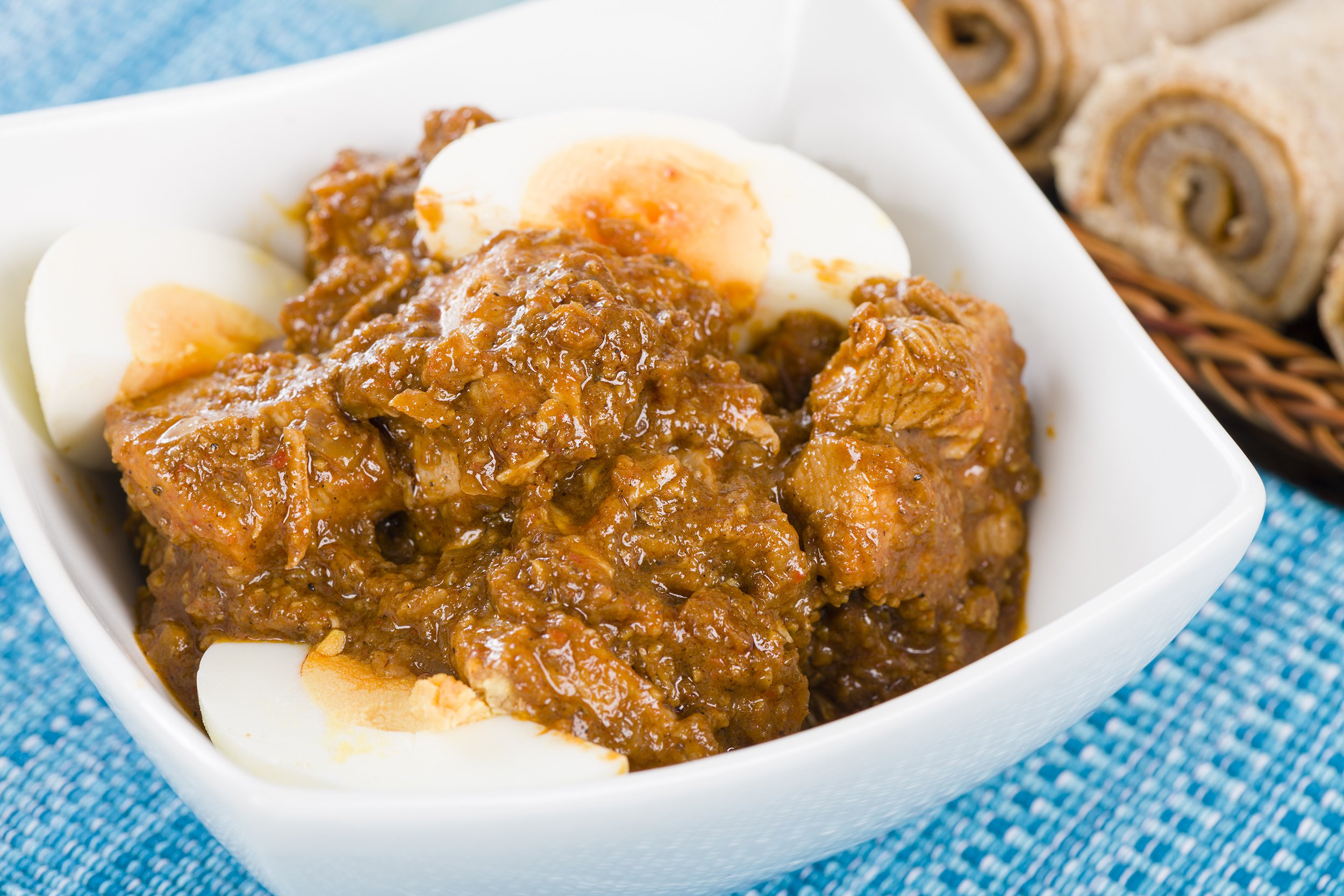
Ethiopia A mainstay of Ethiopian cuisine, doro wat consists of chicken stewed in a spicy red pepper paste. Prefer beef? Try sik sik wat instead. Either way, you’ll need berbere, a blend of spices that includes red chilis, onion, garlic, ginger, fenugreek, black cardamom, cumin, nutmeg, and cinnamon. Both are served with traditional injera bread, which is used as a scoop – no silverware necessary.
Jerk Chicken

Jamaica Jamaica’s famous jerk chicken gets its kick from a marinade that includes allspice berries, thyme, scotch bonnet peppers, green onions, and fresh ginger. Sometimes soy sauce, sugar, and cinnamon are also thrown in the mix. Marinated for up to a day, the chicken is then cooked over coals and pimento wood and served with hot sauce. Though chicken is probably the most famous jerk-style dish, the same treatment is applied to beef, pork, fish and other meats.
Mapo Tofu
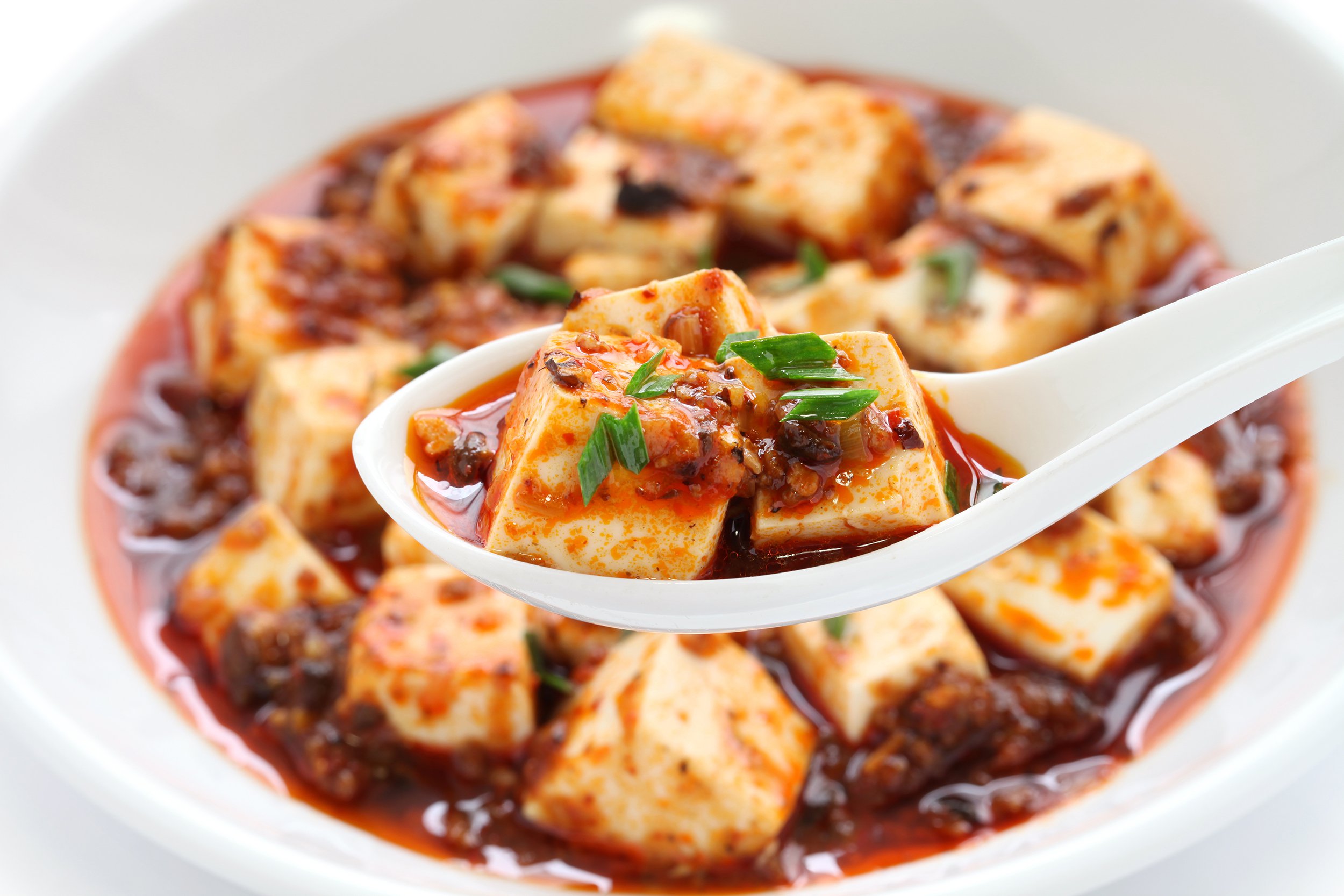
China Sichuan food is notable for its heat, and mapo tofu is one of the best examples. The mouth-numbing spice of this stir fry comes courtesy of Sichuan peppercorns and doubanjiang, or chili bean paste. Vegetarians should note that pork is usually added to the mix, while vegan-friendly soy sauce, garlic, ginger, onions, and fermented black beans add extra flavor. A generous side of steamed rice can help absorb some of the heat.
Sign up for our newsletter
Penne All’arrabbiata
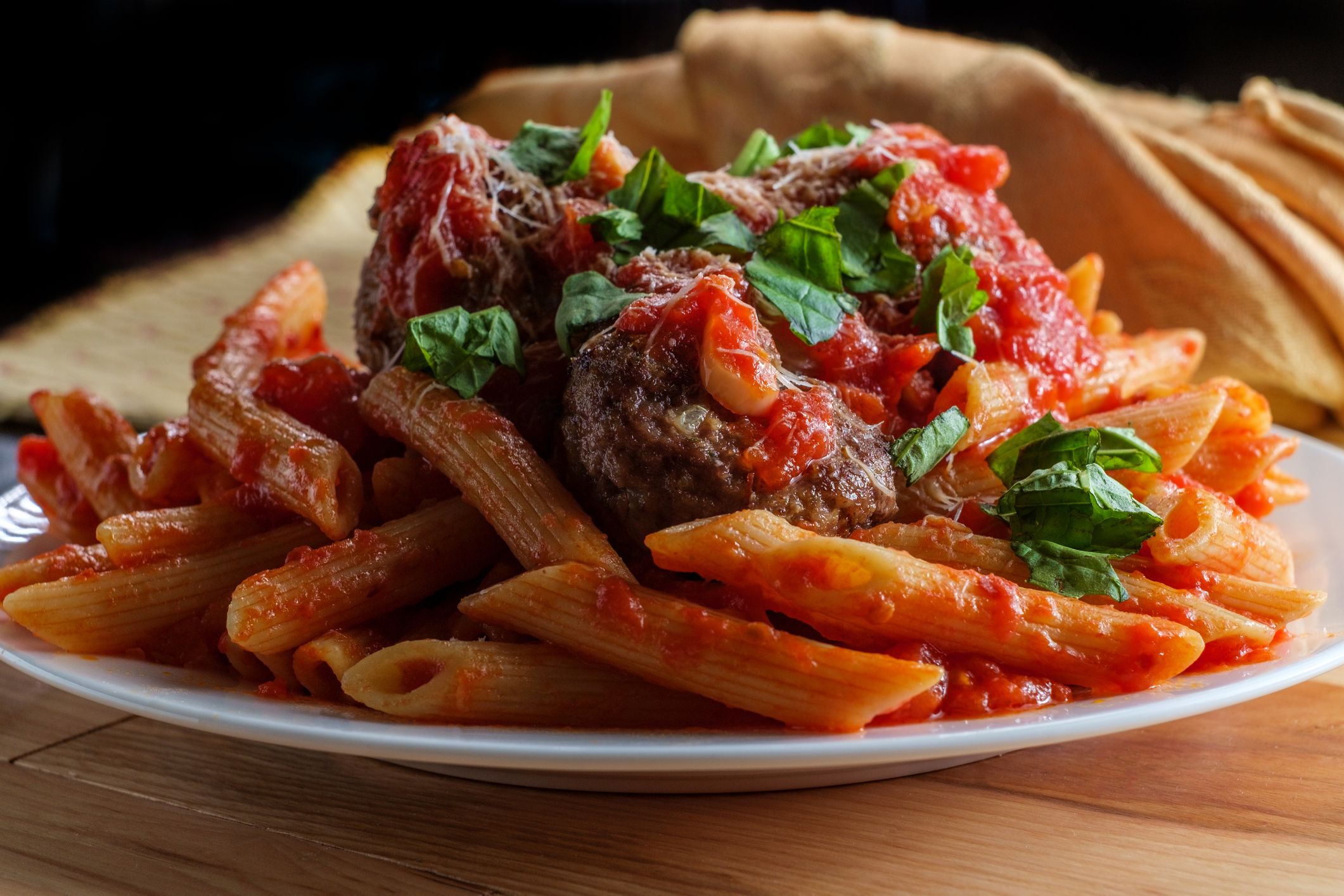
Italy Craving a kick with your next pasta dish? Penne all’arrabbiata — that’s “angry pasta” — could be just what the thing. So named because it could make your face red when you eat it, classic Roman arrabbiata gets its heat from fresh chilis, dried chilis, or chili flakes depending on the recipe. Cut the heat by adding some fresh grated cheese on top — or, if you’re a traditionalist, enjoy the heat straight-up.
Otak-Otak
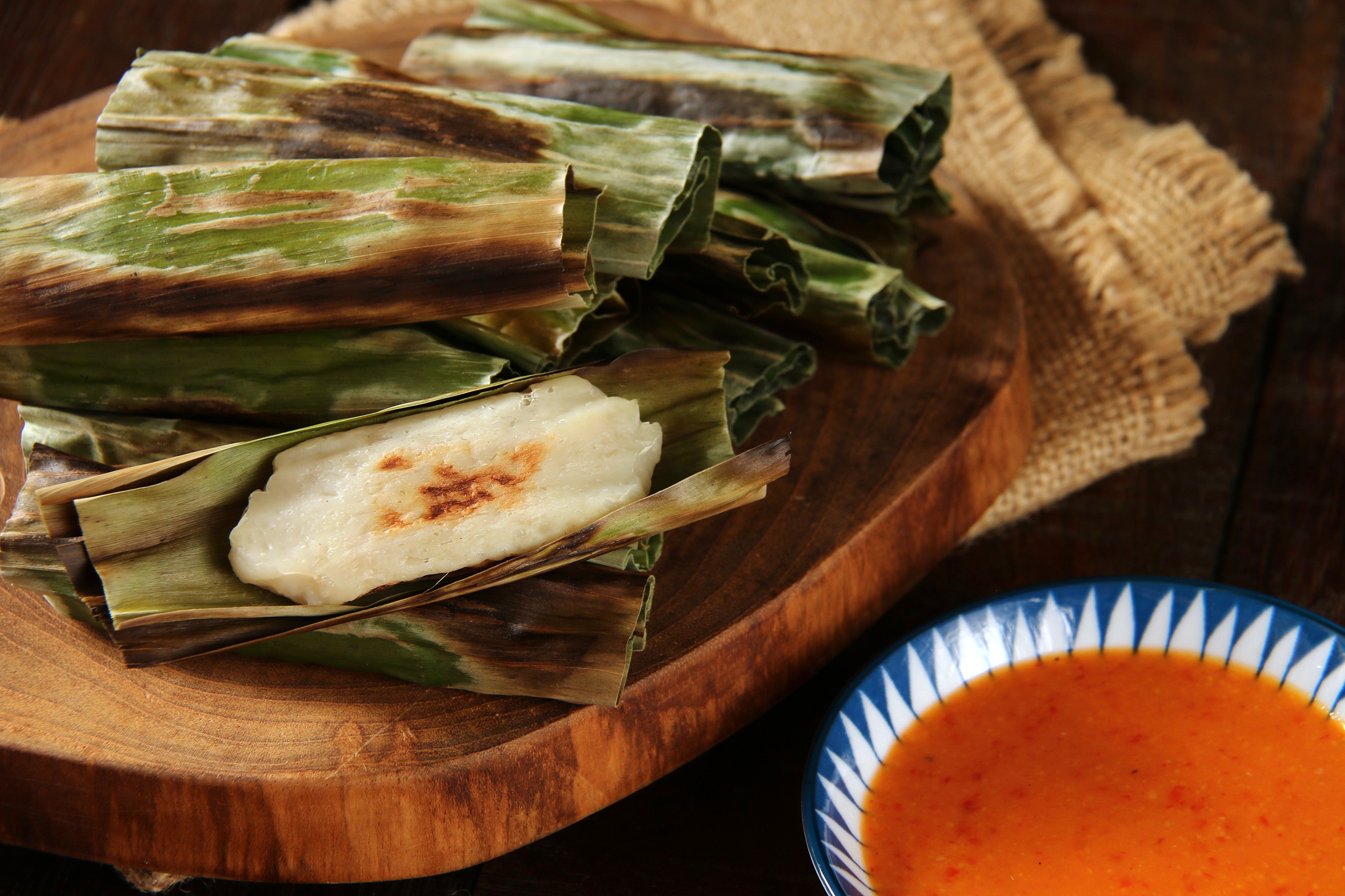
Malaysia/Indonesia This southeast Asian street food, fish paste wrapped in banana leaves, is particularly prominent in Malaysia and Indonesia. It packs a punch because the fish gets a little kick (or a lot, depending on preparation) from chili peppers. Otak means brains in Maylay, and the dish is so named because some think that’s what the soft, springy fish feels like.
Aji de Gallina
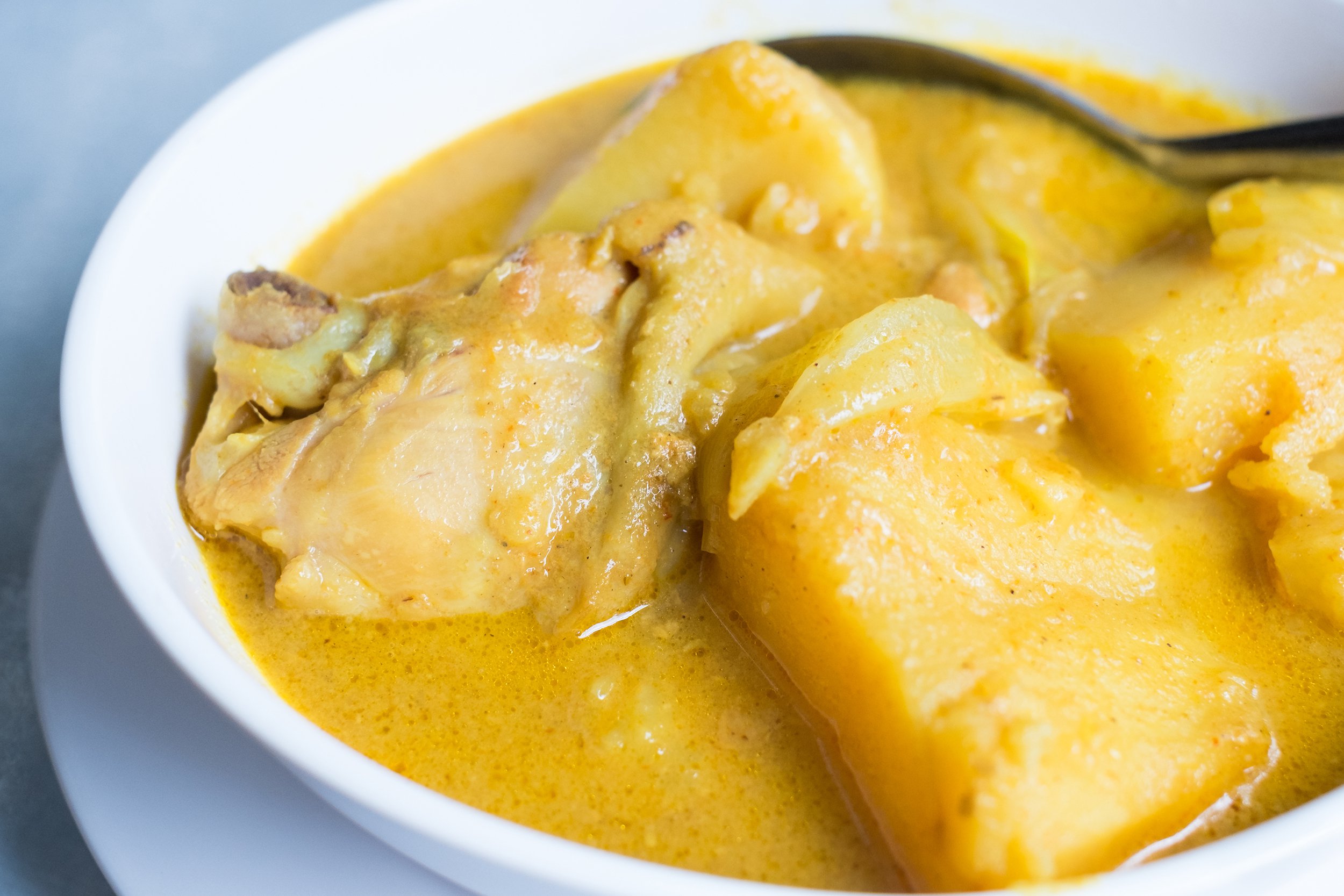
Peru This creamy chicken stew traditionally served with potatoes and hard-boiled eggs, is a Peruvian favorite that relies on the aji amarillo, a pepper that’s native to South America. Though it is still a relatively hot chili pepper, it also has rounder, more fruity taste that infuses dishes. And though its name means “yellow pepper,” the pepper is actually orange.
Harissa
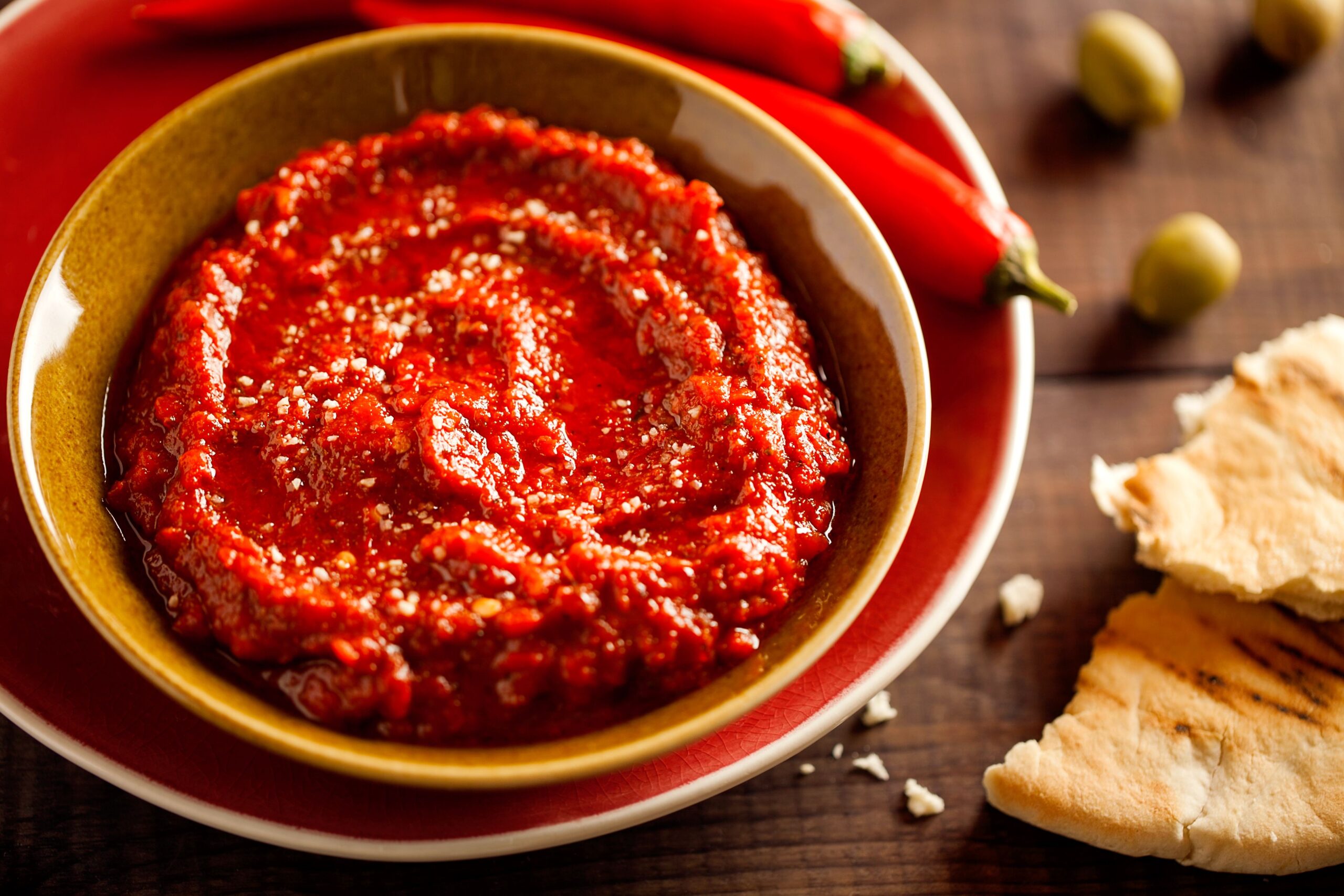
Tunisia Though harissa is more of a condiment than a main dish, it’s one of the most famous exports from North African kitchens and is served alongside most meals and snacks. Devotees consider it addictive despite its heat. Though recipes can vary, nearly all contain chili peppers, garlic, olive oil, coriander, caraway, and mint.
Ema Datshi
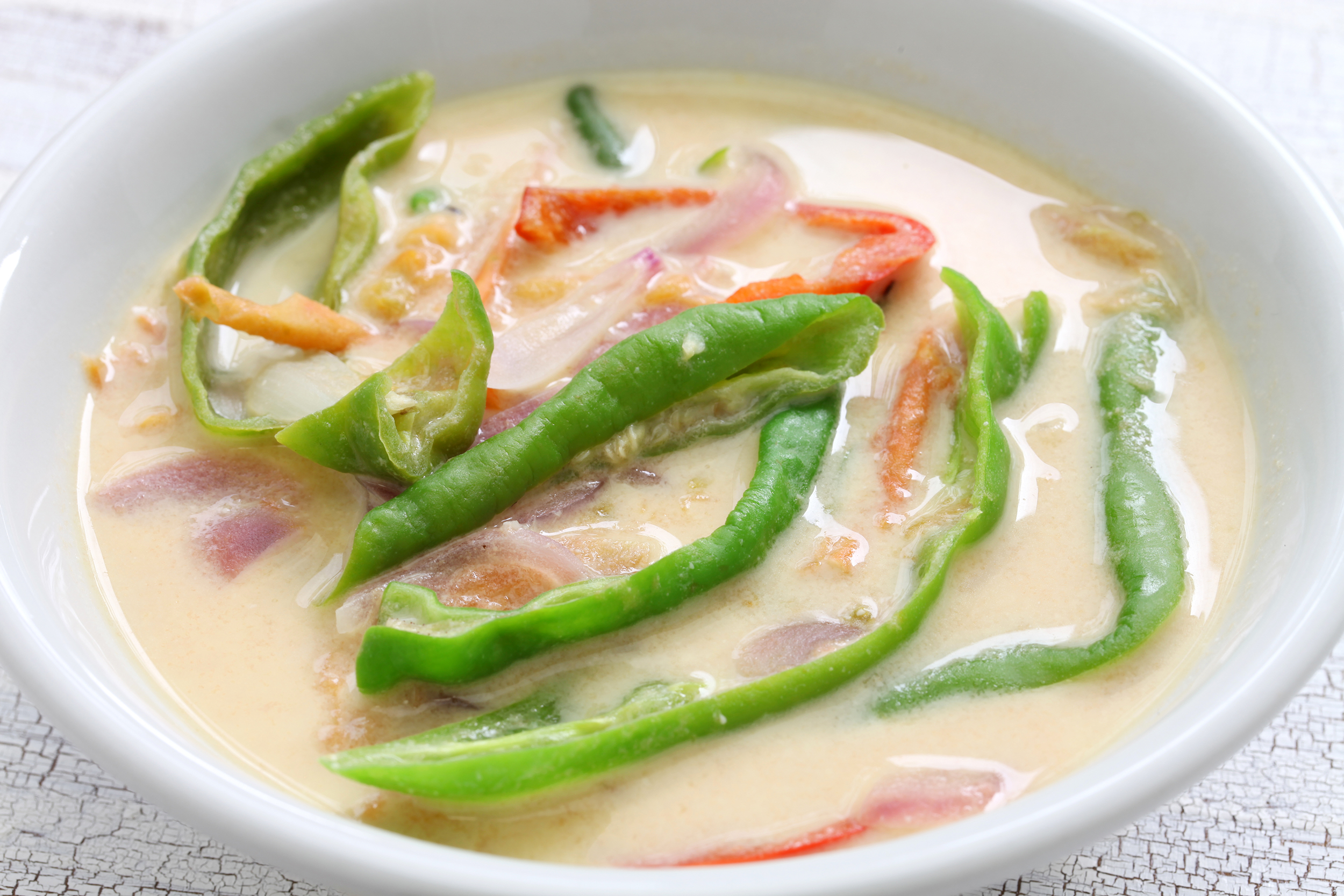
Bhutan Among the foremost dishes of the small Himalayan kingdom of Bhutan, ema datshi is hearty soup that’s a unique fusion of chili peppers and yak cheese (feta is usually substituted in the west). Hotter versions usually incorporate green chilis, while using red chilis can tone it down. It’s often served with red rice, and figures into nearly every meal in Bhutan.
Griot
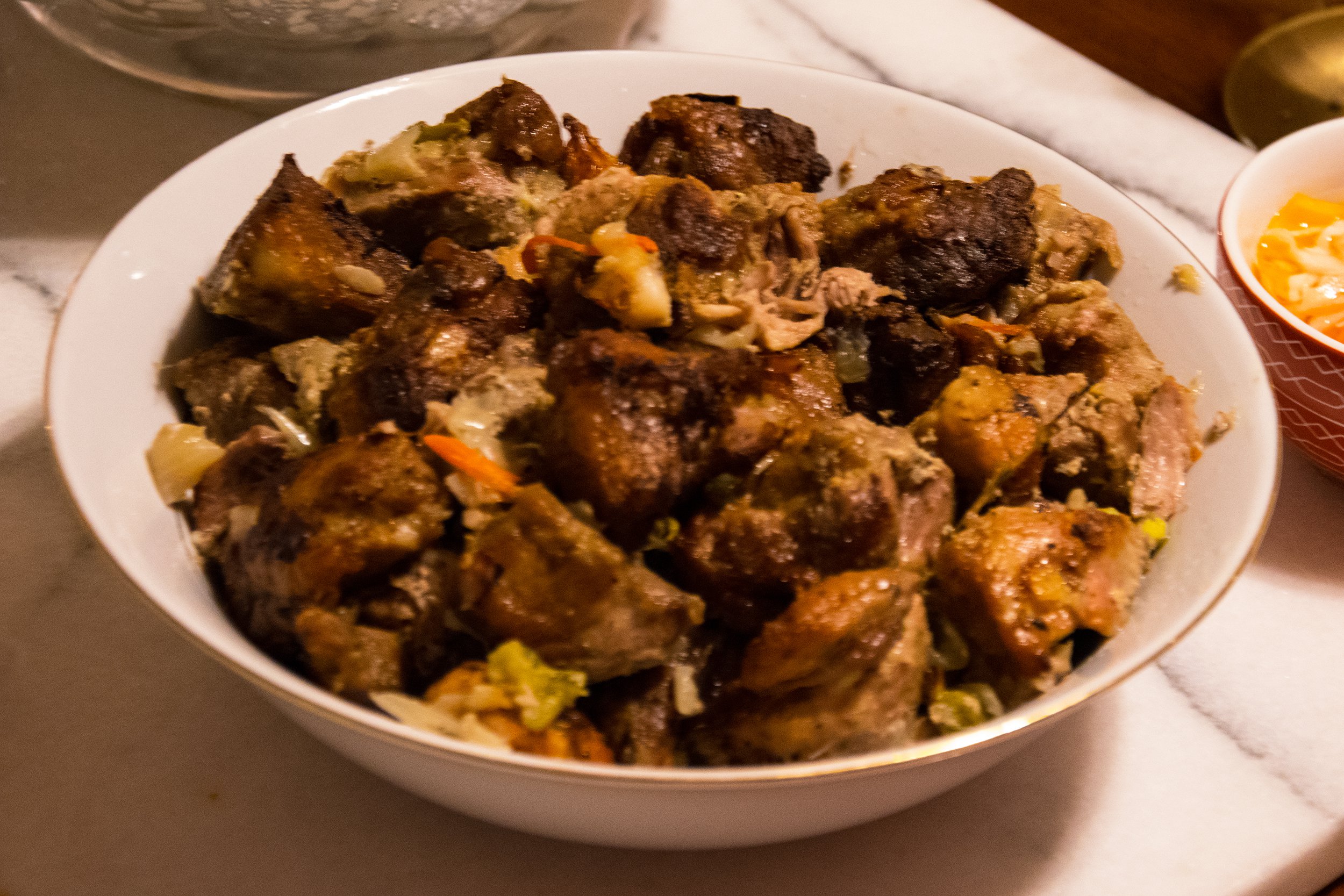
Haiti This traditional Haitian dish, a marinated fried pork, includes a flavorful blend of citrus and Scotch bonnet or habanero chilis. If the marinade doesn’t generate enough heat for you, griot is often served with a spicy vinegar-based slaw called pikliz that incorporates more peppers, garlic and lime juice.
Wasabi
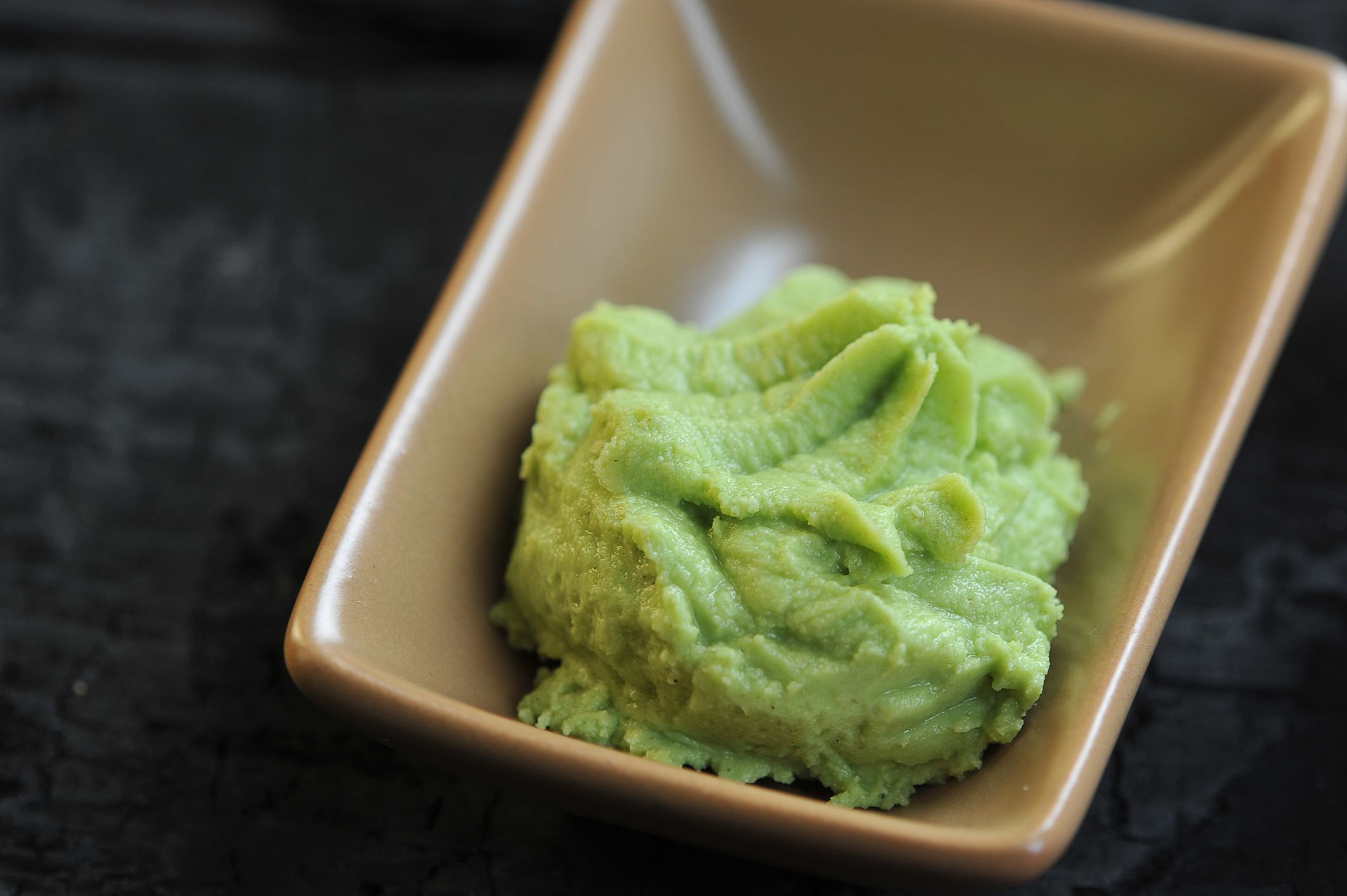
Japan Wasabi is a sinus-clearing exception in Japanese cuisine, which definitely isn’t known for spicy food. This well-known sushi accompaniment comes from the notoriously tricky- to-grow wasabi plant, which releases its heat once grated from the root. Since the real thing is so expensive, most “wasabi” actually consists of horseradish and mustard.
Pozole
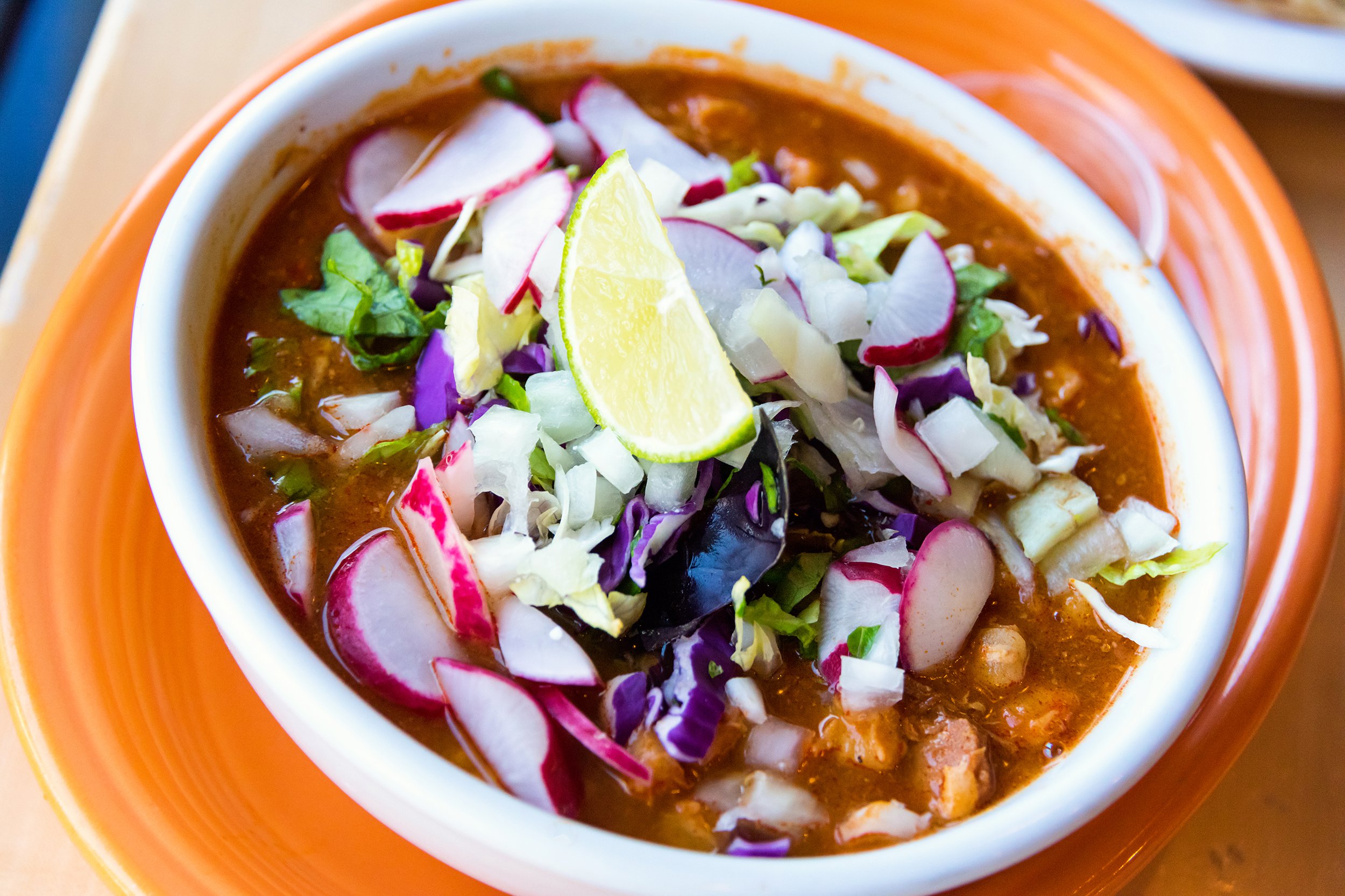
Mexico This traditional pork, garlic and hominy Mexican stew varies widely around the country, and many families have a treasured recipe that’s served up at big gatherings. And while you can eat a non-spicy version of pozole — blanco, or white — the red and green versions rely on different chili peppers to turn up the heat.
Piri Piri Chicken
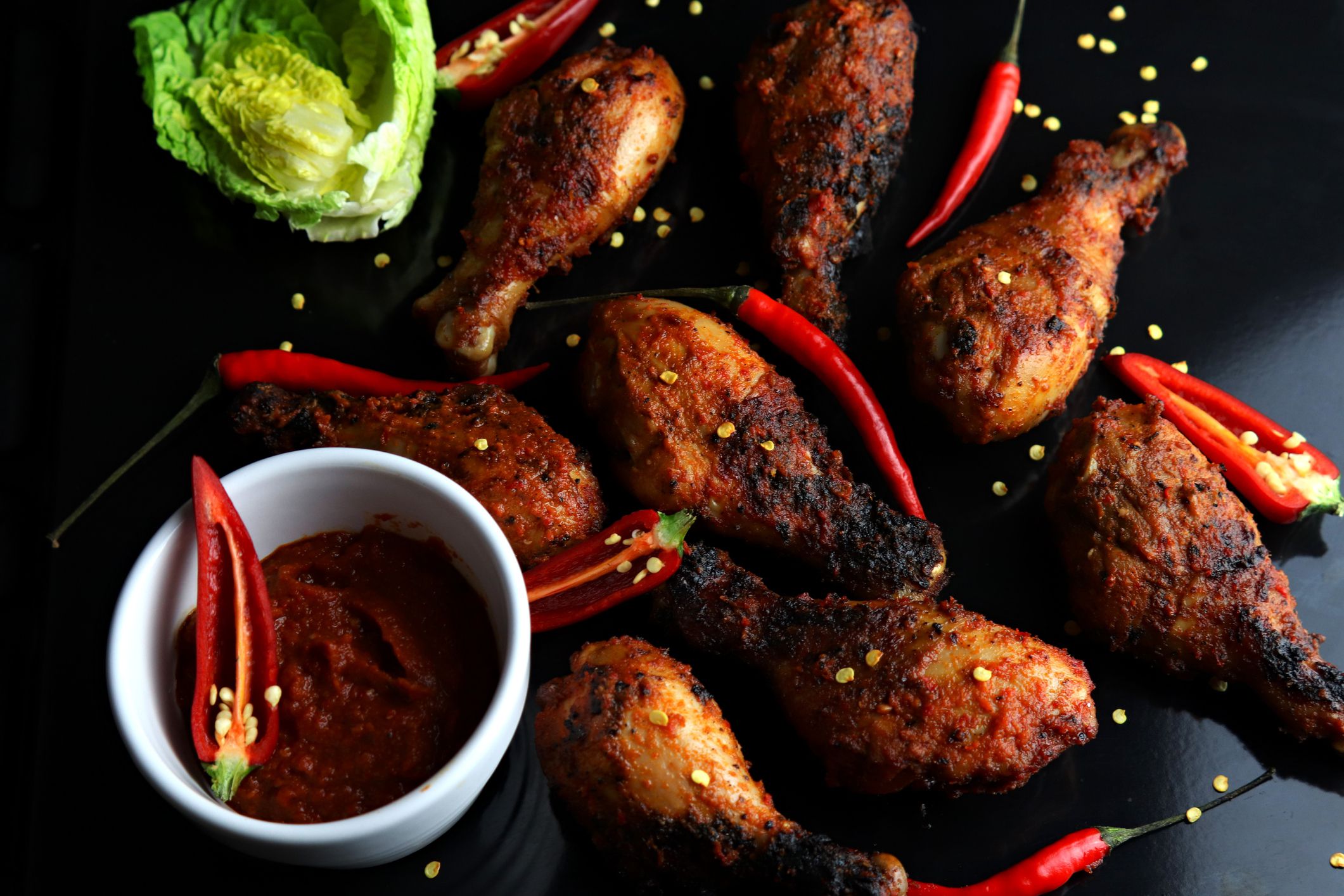
Mozambique A dish that became an east African staple after Portuguese explorers arrived with chili peppers, piri piri chicken (or “pepper pepper” in Swahili) is marinated in a hot sauce for hours before it’s grilled. Garlic, fresh cilantro, fresh ginger and lemon juice add additional flavor.
More from Cheapism


